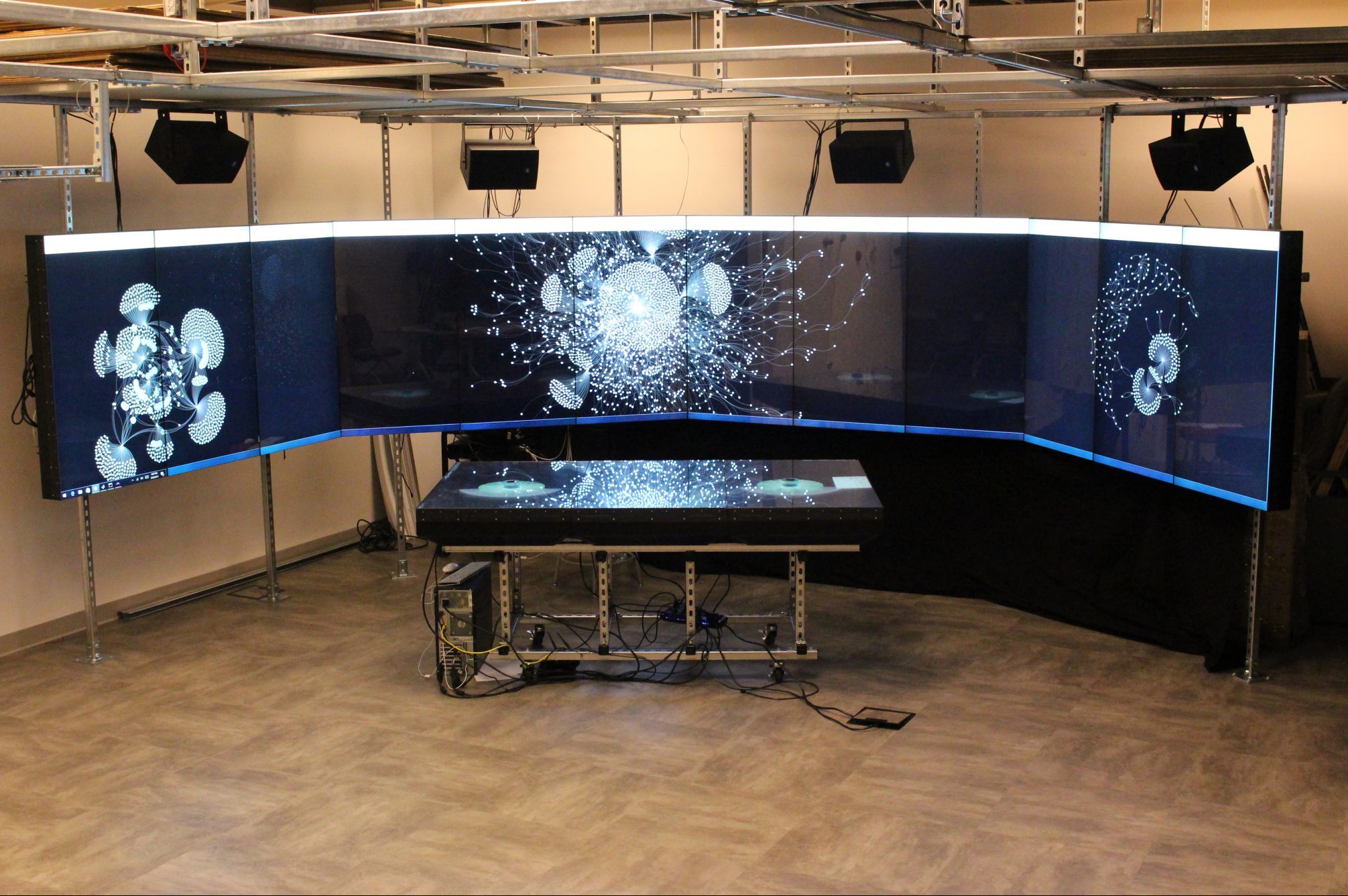
The Responsive Ecologies Lab (RE/Lab) at Ryerson University has collaborated with audio engineer Kenneth Emig to design and implement solutions for people with sensory integration disorders.
The RE/Lab is part of Ryerson University’s Faculties of Communication Arts and Design, Community Services and Engineering, and explores a wide variety of issues involving sensory technologies and tangible interactions. Its many areas of exploration include the development of novel tools and interfaces to ensure that technologies become a more meaningful and usefully integrated part of our lives. For example, it seeks solutions for people with sensory integration disorders, such as autism, and enables research in data visualisation and biomedicine.
Multi-talented audio engineer Kenneth Emig’s on-going challenge is to design and implement RE/Lab’s equipment infrastructure to support the audio aspects of this research.
I specified all the sound equipment for the lab, with the researchers’ approval, to allow them to best explore sound the way they wanted to
Kenneth Emig
For RE/Lab, Emig specified two different types of audio systems, one employing near field monitors for close-up work and another based on six Renkus-Heinz CF61-2 powered, two-way, Complex Conic point-source loudspeakers. “This way we have different listening conditions, depending on what’s needed,” stated Emig. “The near fields provide clarity and imaging close up. For the equivalent of a multi-channel sound reinforcement system, we have the Renkus-Heinz loudspeakers. This offers a diversity of tools. The director keeps calling me ‘Mr. Right Tool for the Job.’ Whatever the researchers want to do, I try to anticipate that and make sure they have the best equipment to accomplish it.”
RE/Lab didn’t have a large budget, so Emig reserved a lot of the money for loudspeakers. The Renkus-Heinz CF61-2s offered several advantages. “I want to give them tools they can grow into as they develop their work in the future,” added Emig. “CF61-2s are pretty bombproof, and you can change their directionality by rotating the horn 90°. They can deliver the kick that’s needed for some experiments.”
The lab’s ceiling offers a flown grid constructed of Unistrut, enabling the CF61s to be located wherever needed. “We bought six Renkus-Heinz CF61 loudspeakers to create a far-field sound reinforcement environment that can get the lab in a lot of trouble if they turn it up,” added Emig.
A stage box mounted in the ceiling enables multi-channel recording and playback. “If you have six channels, you can configure all six CF61-2s in a circle, you can configure them in an array, you can change the directivity – you can do whatever you want,” said Emig. “Right now I have four CF61-2s mounted above a wall of 12 55in MultiTaction touchscreen displays, which I designed the mounting for and installed last year. The design is always being refined – it’s a living, ever-evolving space. It can be complicated, especially in a room with a reflective raised floor and an open ceiling, as well as equipment and tables moving around the lab all the time. I’ve started to mitigate some of the issues but this is a work in progress, combining technical knowledge with awareness and understanding.”
Having spent much of his audio budget on top quality speakers, Emig filled in the rest of his core gear. “I specified some okay microphones for a diversity of tasks,” he stated. “I spec’d a Behringer X32 digital console, and I’ve snaked around their Ethernet stage boxes so the researchers can run it from wherever they want. They can control it from a tablet or a laptop, so they can be in the middle of another space in the lab and control what they want to hear. So as with the Renkus-Heinz loudspeakers, it comes back to creating diversity of opportunity.”
Emig is aware that his designs directly impact how research is done at RE/Lab. He concluded: “I specified all the sound equipment for the lab, with the researchers’ approval, to allow them to best explore sound the way they wanted to. Our movable Renkus-Heinz CF61-2 loudspeaker configuration gives the team at RE/Lab the flexibility, power, and outstanding clarity they need to explore sound as part of the plethora of sensory inputs that we humans have.”







